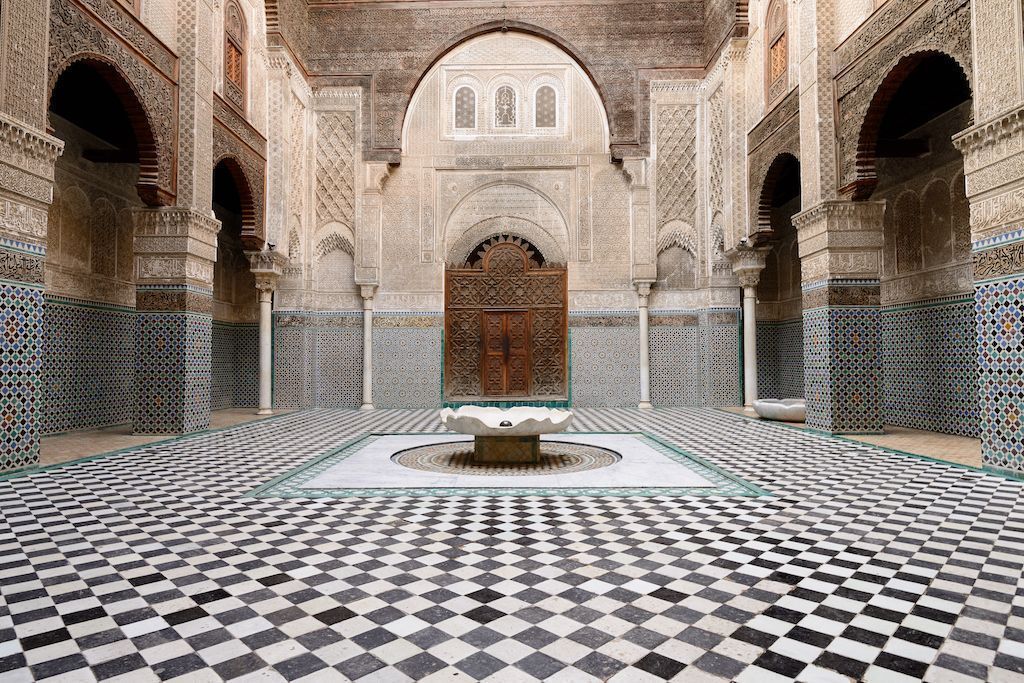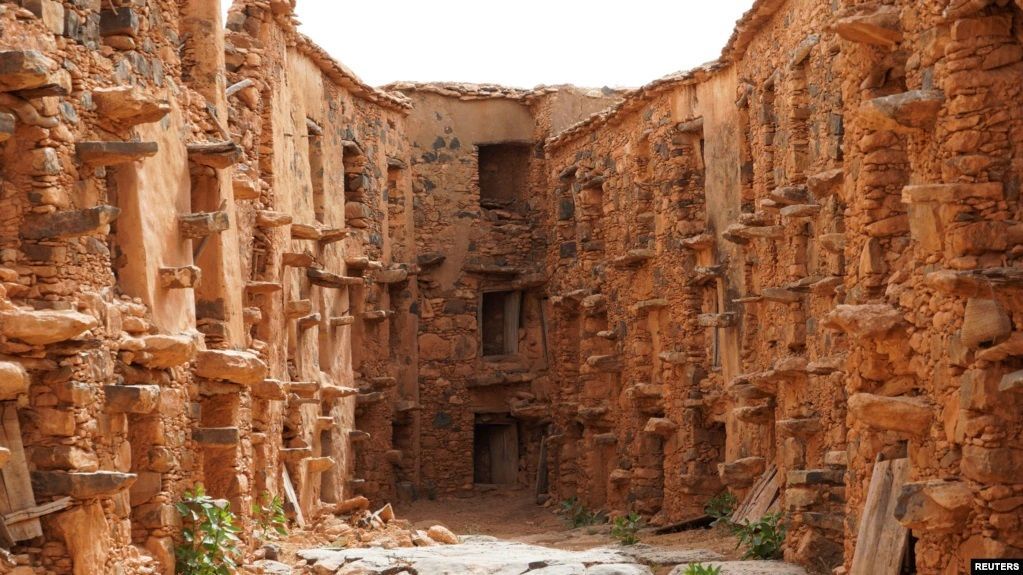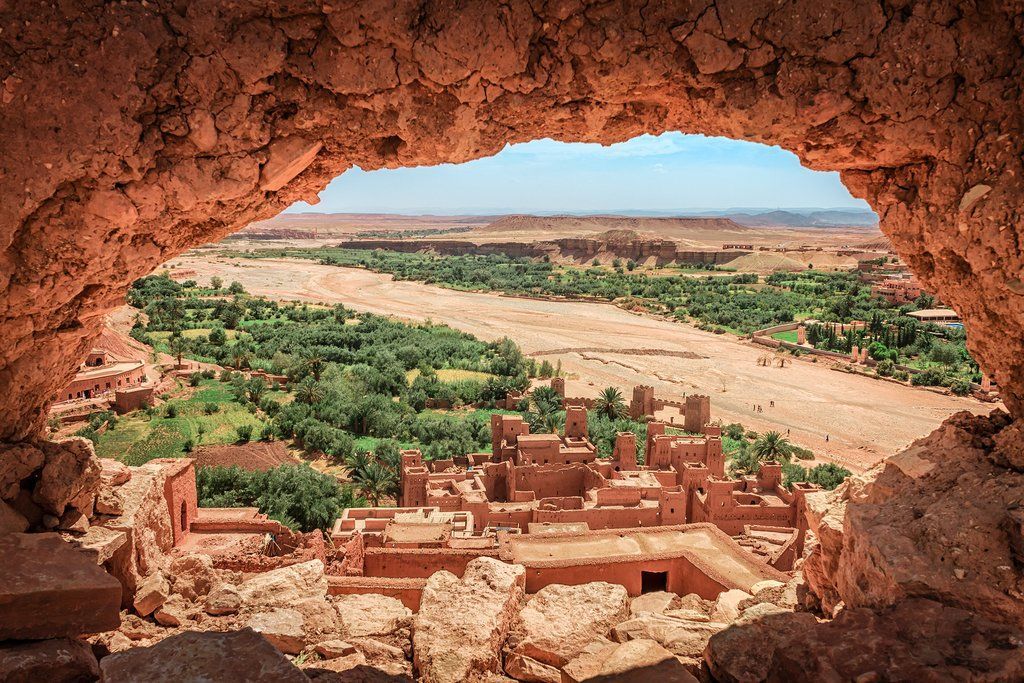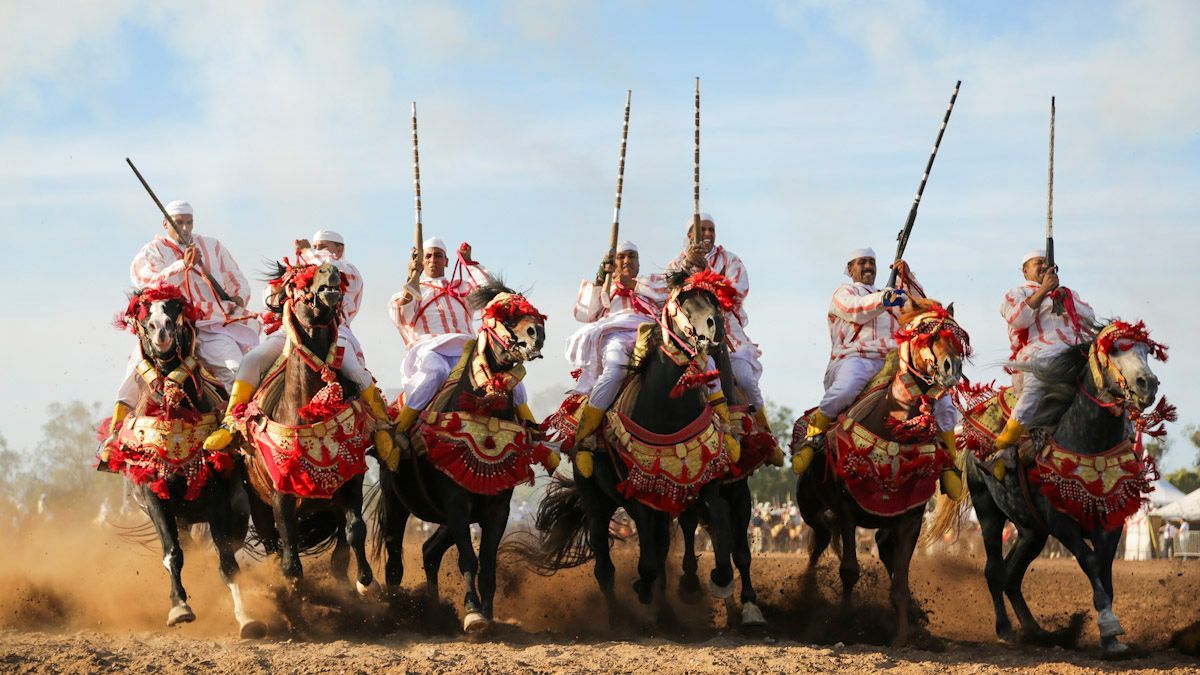A Food Lover's Guide to Moroccan Cuisine: Must-Try Dishes and Dining Tips
Moroccan cuisine is a feast for the senses, offering a rich tapestry of flavors, aromas, and textures. As a food lover visiting Morocco, you'll discover a culinary heritage influenced by Berber, Arabic, and French cultures. This guide will introduce you to must-try dishes and dining tips to help you navigate Morocco's vibrant food scene.
Must-Try Moroccan Dishes
1. Tagine
Tagine is perhaps the most iconic Moroccan dish, named after the earthenware pot in which it's cooked. This slow-cooked stew features tender meats, vegetables, and aromatic spices like cumin, coriander, and saffron. Popular variations include:
- Chicken Tagine with Preserved Lemons and Olives
- Lamb Tagine with Prunes and Almonds
- Vegetable Tagine with Seasonal Produce
2. Couscous
Couscous is a staple in Moroccan cuisine, traditionally served on Fridays. This steamed semolina dish is often accompanied by meat, vegetables, and a flavorful broth. Try Royal Couscous, which includes a variety of meats like chicken, lamb, and merguez sausages.
3. Pastilla
Pastilla, also known as b'stilla, is a unique sweet and savory pie. Traditionally made with pigeon meat (often replaced by chicken), it features layers of phyllo pastry, almonds, and a dusting of powdered sugar and cinnamon.
4. Harira
Harira is a hearty soup commonly served during Ramadan to break the fast. Made with tomatoes, lentils, chickpeas, and spices, it's often garnished with fresh herbs and a squeeze of lemon.
5. Moroccan Salads
Moroccan meals often begin with a selection of salads, both cooked and raw. Some popular options include:
- Zaalouk: A smoky eggplant and tomato salad.
- Taktouka: A spicy salad made with roasted peppers and tomatoes.
- Carrot Salad: Featuring grated carrots, orange juice, and cinnamon.
6. Mechoui
Mechoui is a traditional dish of slow-roasted lamb, seasoned with cumin and salt. The tender, flavorful meat is often served at celebrations and special occasions.
7. Moroccan Mint Tea
No meal in Morocco is complete without a glass of Moroccan mint tea. This sweet, refreshing beverage is made with green tea, fresh mint leaves, and plenty of sugar. It's a symbol of hospitality and is often served to guests.
Dining Tips for Enjoying Moroccan Cuisine
1. Embrace the Communal Experience
Moroccan meals are often communal, with dishes shared among family and friends. Embrace this tradition by dining with locals or joining a family-style meal at a riad.
2. Explore the Street Food Scene
Morocco's street food scene offers a variety of delicious and affordable options. Try freshly grilled brochettes (meat skewers), sfenj (Moroccan doughnuts), and briouats (savory pastries filled with meat or cheese).
3. Be Adventurous with Spices
Moroccan cuisine is known for its bold use of spices. Be open to trying new flavors, and consider purchasing some spices from local markets to bring the taste of Morocco home with you.
4. Respect Local Customs
When dining in Morocco, it's customary to eat with your right hand and use bread as a utensil. Always wash your hands before a meal, and avoid touching food with your left hand, as it's considered impolite.
5. Try a Cooking Class
For a deeper understanding of Moroccan cuisine, consider taking a cooking class. Many riads and culinary schools offer classes where you can learn to prepare traditional dishes and gain insight into Moroccan cooking techniques.
Moroccan cuisine offers a rich and diverse culinary experience that every food lover should explore. From aromatic tagines to sweet pastillas, the flavors of Morocco are sure to leave a lasting impression. By embracing local customs and being open to new tastes, you'll enjoy a delicious journey through this vibrant country's culinary landscape.













